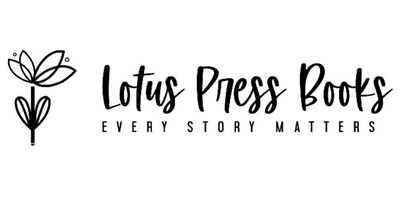A Reflection on Cambodia and Thailand
There are moments in history—both past and present—that leave an ache in your spirit. As I sit with the current tensions rising between Cambodia and Thailand, I find myself navigating a mixture of sorrow, concern, and quiet reflection. For many, this may be a geopolitical headline. But for those of us whose families come from these lands, whose histories are stitched into the soil and stories of Southeast Asia, it is personal.
I am a daughter of Cambodian refugees. I was born in the United States, but the weight of history has never been far from me. It’s in the stories my parents shared in pieces—the kind they could only tell when their voices were steady enough. It’s in the language I speak with elders, in the photographs I hold dear, and in the traditions I now pass down to my own daughter.
When I hear of current disputes between Thailand and Cambodia—whether over borders, history, or cultural claims—it doesn’t feel distant. It brings up deeper questions: Who gets to tell the story? Who protects the memory? And how do we, as the next generation, carry truth forward in ways that heal rather than divide?
These tensions are not new. They are rooted in centuries of complex history—colonialism, occupation, shifting borders, and cultural inheritance. The recent rise in conflict, whether verbal or territorial, is a painful reminder that healing in Southeast Asia is still ongoing. For Cambodians, whose national identity has already endured so much—genocide, displacement, cultural erasure—these moments stir old wounds. And for Thai and Khmer communities alike, the ripple effects are emotional and generational.
What I mourn most is the way these disputes often overlook the people—farmers along the border, children in school, elders with fading memories of a pre-conflict past. These are the people who live with the consequences while governments negotiate lines and narratives. These are the communities who deserve peace the most.
And yet, even in the heaviness, I find hope.
I see artists, scholars, and youth across Southeast Asia working to bridge divides—through language, cultural exchange, and a shared desire for truth and justice. I see Cambodian and Thai voices rising with dignity, refusing to let politics define their identities. I see children like my daughter, who are being raised to understand complexity with compassion—to ask questions, to protect their heritage, and to lead with heart.
We cannot rewrite history, but we can choose how we carry it. We can honor the past without repeating its divisions. We can teach our children that borders should never define the worth of a culture or the love between neighboring peoples.
To my Thai and Cambodian friends, family, and colleagues—may we continue to find strength in our stories, in our shared humanity, and in our commitment to peace. May we remember that healing takes time, but it also takes people—people willing to listen, to learn, and to lead differently.
In this moment of tension, let us not forget the deep beauty of our region, our people, and the dreams we hold for a future that is rooted not in conflict, but in collective care. 🙏🏼
With Much Love,
Phirin
“Peace does not mean an absence of conflicts; differences will always be there. Peace means solving these differences through peaceful means—through dialogue, education, knowledge, and through humane ways.”
—Dalai Lama
